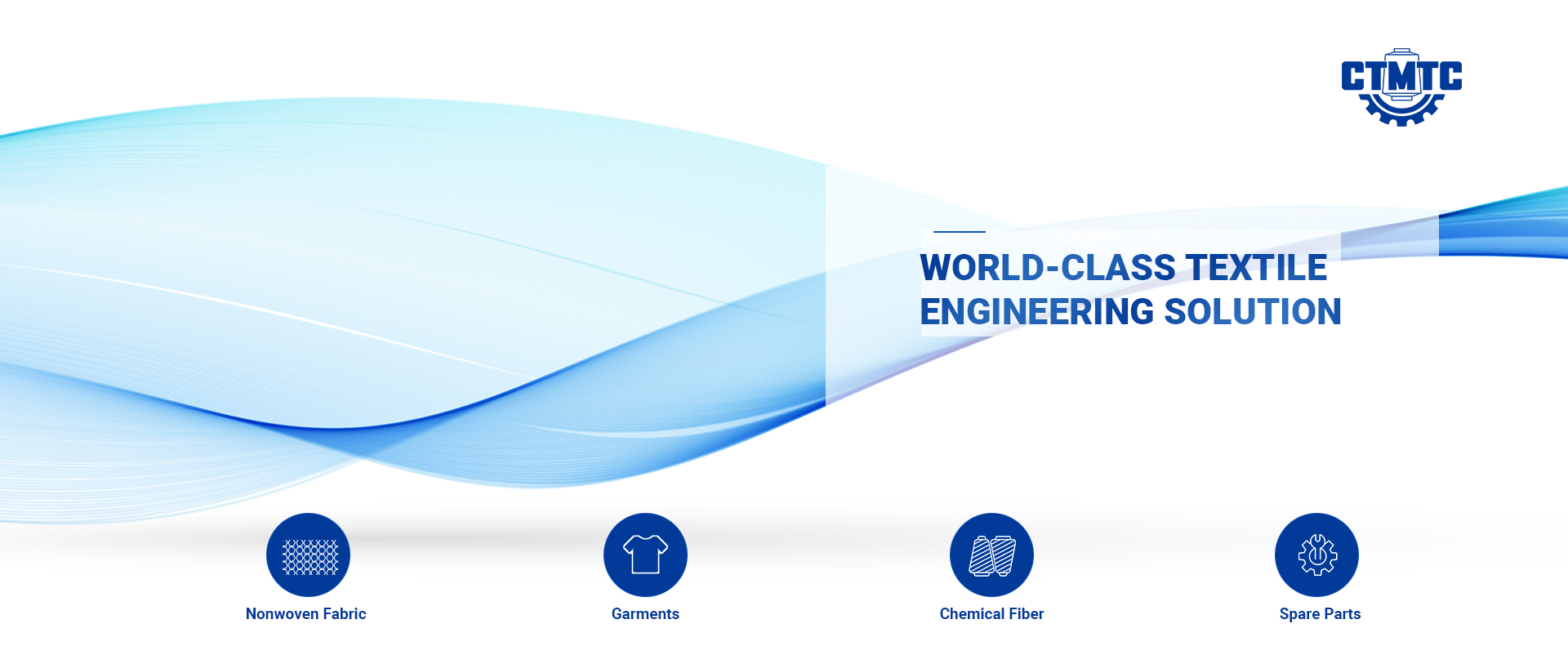Suart’s textile division has sought to implement the Textile Technology Development Scheme (TTDS), which is retroactive from April 1st. At a recent meeting of industry leaders on the Textile Incentive Scheme (PLI), participants said the scheme was unacceptable to India’s fragmented textile industry, the sources said.
They called for the immediate implementation of TTDS or the expansion of the Revised Technology Modernization Fund Scheme (ATUFS) instead of the PLI.
Read also: PM Modi calls for India to become a developed country by 2047 Inspiring, Viable: Industry Organization
Ashish Gujarati, former chairman of the South Gujarat Chamber of Commerce and Industry, said: “The Government of India expects the domestic market to reach US$250 billion and exports to US$100 billion by 2025-2026. is about 40 billion US dollars, the size of the domestic market is estimated at about 120 billion US dollars. When such a huge expansion of the market is expected, it should adopt modern technologies faster. The proposed PLI program will not contribute to this.”
Gujarat, which owns a textile factory in Surat, said the Textile PLI scheme, launched last year, was aimed at increasing the production of clothing and specialty yarns that were not made in India.
“The challenge now is to build the capacity of the Indian textile and clothing industry not only to increase exports to take the place vacated by China, but also to maintain India’s share of the domestic market as international brands gradually increase their share,” he said. . .
See also: Real estate in the long term: residential, commercial, warehouse, data centers – where to invest?
“The PLI scheme only provides cost-of-sales incentives, so it will only attract production-based commodity textiles,” said Wallab Tummer, former president of the Textile Machinery Manufacturers Association. “This will not attract investment in export-oriented or import-substituting specialized products. The post-spinning textile value chain is still relatively fragmented, with most still working for others. The proposed PLI will not cover such smaller businesses. Instead Therefore, providing them with a one-time capital subsidy under TTDS or ATUFS will apply to the entire textile value chain,” Tammer said.
“The biggest issue with the proposed PLI scheme for textiles is the potential market imbalance between prices offered by PLI beneficiaries and non-beneficiaries,” said Ashok Jariwala, President of the Gujarat Federation of Weavers Associations.
Get real-time general market updates as well as latest Indian and business news on Financial Express. Download the Financial Express app to keep up to date with the latest business news.
Post time: Sep-01-2022

